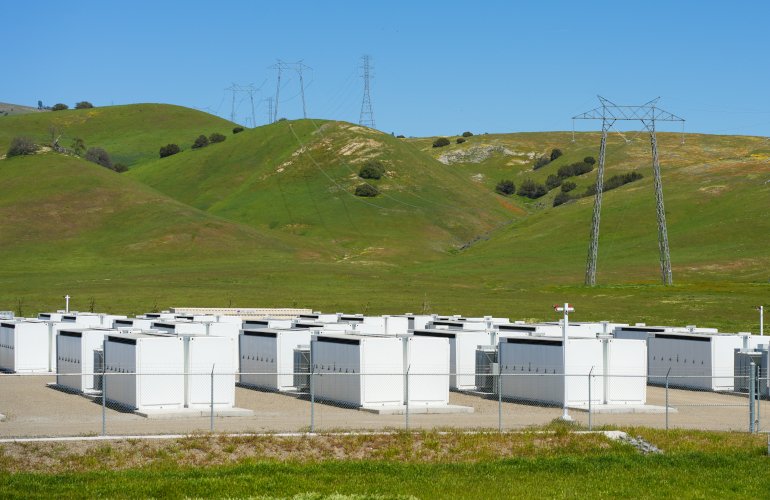How HR1 Legislation Impacts US Energy Storage and Solar Growth
The US energy landscape is undergoing a dramatic shift as storage systems evolve from solar sidekicks to grid stabilizers. With the HR1 impact on US solar markets, we’re witnessing a pivotal moment where batteries are proving their standalone potential while still benefiting from solar synergy.
The Rise of Independent Energy Storage Systems
Grid-scale projects like Florida’s 409 MW Manatee Storage Center demonstrate how advanced storage solutions no longer require direct incentives to thrive. The market shift echoes innovations like the smart home energy storage with advanced safety features now entering residential markets.
Resolving the Duck Curve Challenge
California’s 2020 solar ramp-downs revealed the critical need for storage integration. Today’s systems from Fluence and Powin outperform traditional gas peakers, offering:
- Seamless renewable integration
- Peak-load management
- Grid resilience during extended low-generation periods
Policy and Market Dynamics
While solar incentives historically dominated, HR1’s manufacturing tax credits now support storage supply chains. This aligns with global trends like solar and storage circular economy initiatives addressing critical material shortages.
The Net Metering Evolution
As Hawaii’s battery mandate shows, policy frameworks must adapt to regional generation patterns. Emerging technologies like Enphase’s bidirectional microinverters could redefine storage economics where sunshine is less predictable.
The energy transition demands both storage independence and solar synergy – a balance HR1 helps achieve while paving the way for next-gen solutions like high-efficiency HVAC and solar synergy systems.






